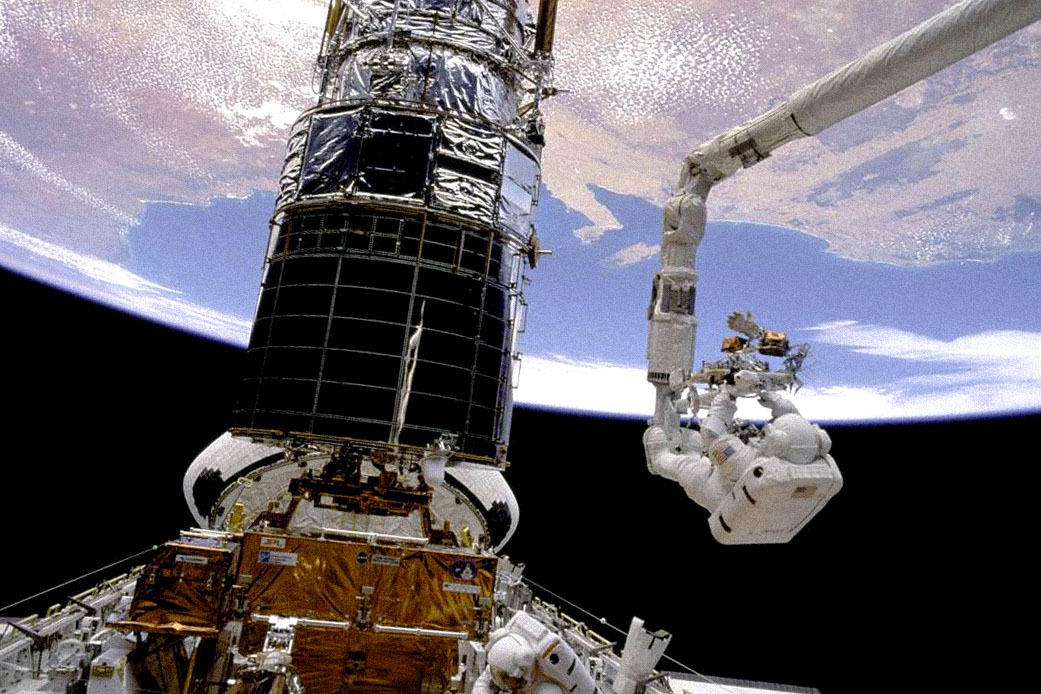Alan Shepard was the fifth man to walk on the moon, and the first one to play golf there. But a deeper look back at his involvement with the space program reveals an even more complex history — and a very notable distinction. As Tony Reichhardt writes for Air & Space, Shepard has the particular distinction of being the only one of the original seven astronauts chosen by NASA who eventually took part in a moon mission. Stating it that way might make it look easy, but it turns out that Shepard’s path to the moon was anything but.
As part of the Mercury program, Shepard became the first American to venture into space, doing so on Freedom 7 in 1961. In 1963, however, an inner-ear condition prevented him from taking part in missions, and resulted in him taking a job as NASA’s Chief of the Astronaut Office. From there, he handled the training of astronauts and was involved in the planning of missions.
An operation in 1968 resolved the physical issues that kept Shepard on the ground. Once that was accomplished, he was able to return to active training, eventually being named commander of Apollo 14. At the age of 47, he became the oldest Apollo commander at the time.
In an article at Space.com, Nola Taylor Redd notes that Shepard continued to have an influence on the space program after Apollo 14. After his retirement, he was one of the co-founders of what is now the Astronaut Scholarship Foundation, which offers scholarships to college students studying STEM. All told, it’s a life characterized by both knowledge and tenacity, and it helped Shepard make history multiple times.
Thanks for reading InsideHook. Sign up for our daily newsletter and be in the know.















